In the last two installments of this four-part #BarkBlog series, we’ve looked at how two challenger brands — Red Bull and Monster Energy — focused on smaller niche consumer segments to create big success. This week, we’ll take a look at the way culture drives the kind of company behaviors that help challenger brands achieve and maintain the focus they need to win.
Red Bull and Monster accomplished something every brand wants by carving out brand positions that can’t be co-opted by competitors.
Not even the mighty Coca-Cola has succeeded in disturbing the trajectory of these high-flying challengers. Not that it isn’t trying. Earlier this year, Coke rolled out its first energy drink under the Coke brand. Coke Energy hit the shelves in the United Kingdom touting its ingredients with a hopelessly predictable invitation to, “try a new and different energy drink that is designed to complement upbeat and busy lives.”
Anytime the category killer flexes its muscle, competitors are well advised to pay attention, but the odds of Red Bull or Monster-like success for Coke’s new offering are long, indeed. That’s because it’s the behavior of the brand that defines the challenger, and as we’ve already seen, it’s a company’s culture that drives the brand’s behavior.







